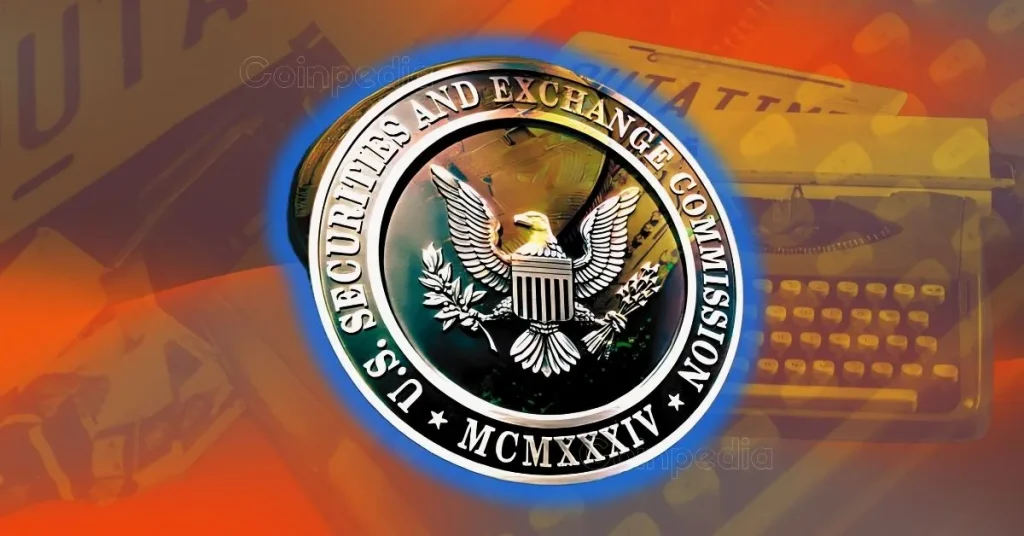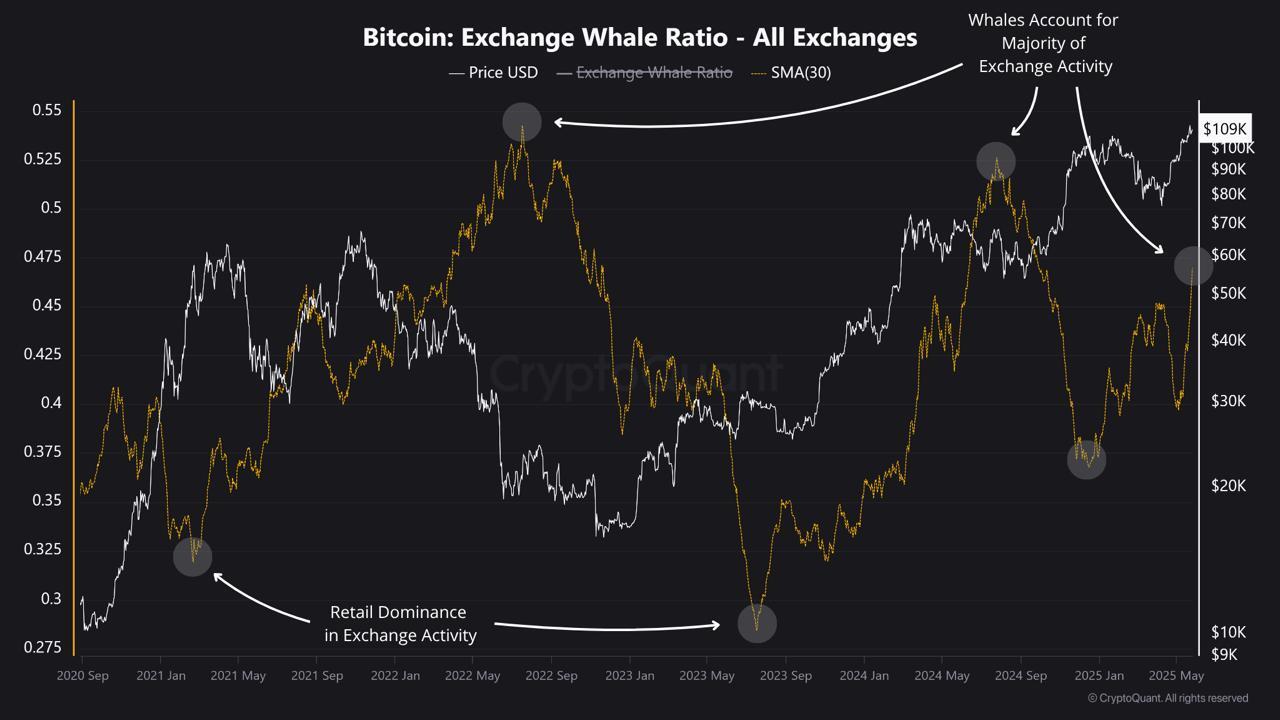
The post SEC’s May 12 Roundtable: BlackRock, Nasdaq, and Others to Discuss Tokenization & DeFi appeared first on Coinpedia Fintech News
The SEC’s Crypto Task Force is all set for its next roundtable conference on tokenization and DeFi. It has announced the agenda and panelists for the event, where top Wall Street leaders will join to discuss the future of finance.
The event titled “Tokenization — Moving Assets Onchain: Where TradFi and DeFi Meet” is scheduled for May 12 at the agency’s headquarters in Washington, D.C., where the event will explore how TradFi and DeFi meet through blockchain-based asset movement. The event will be open to the public and webcast live on the SEC’s website.
SEC’s Peirce Calls Tokenization Game-Changer
SEC Chair Paul Atkins will deliver the keynote address at the event. Commissioner Hester M. Peirce opened up about the importance of the event, calling Tokenization a technological development that could change many aspects of the financial markets. “I look forward to hearing ideas from our panelists on how the SEC should approach this area,” she said.
The event has two key sessions scheduled: “Capital Markets 2.0,” led by Jeff Dinwoodie from the law firm Cravath, and “The Future of Tokenization,” headed by Tiffany Smith from WilmerHale. The session will focus on the long-term implications, use cases, and how regulators may react to tokenized assets in capital markets.
BlackRock, Fidelity, Robinhood Join In
The roundtable will feature panelists from Wall Street Giants like BlackRock, Fidelity, Nasdaq, and Robinhood. Participants include Robert Mitchnick (BlackRock), Cynthia Lo Bessette (Fidelity), Eun Ah Choi (Nasdaq), Will Geyer (Invesco), Sandy Kaul (Franklin Templeton), Christine Moy (Apollo Management), among others.
Representatives from Robinhood, Maple Finance, Securitize, and Blockchain Capital will also share their views at the event.
SEC Reschedules ‘DeFi and the American Spirit’ Roundtable
Also, the fourth roundtable conference, “Defi and the American Spirit,” has been moved to June 9 from June 6.
The Crypto Task Force started a series of roundtables in March. The first roundtable discussed how crypto assets are classified, the second focused on crypto trading, and the third addressed custody issues. These sessions show how the agency is moving towards a more open and collaborative approach.






